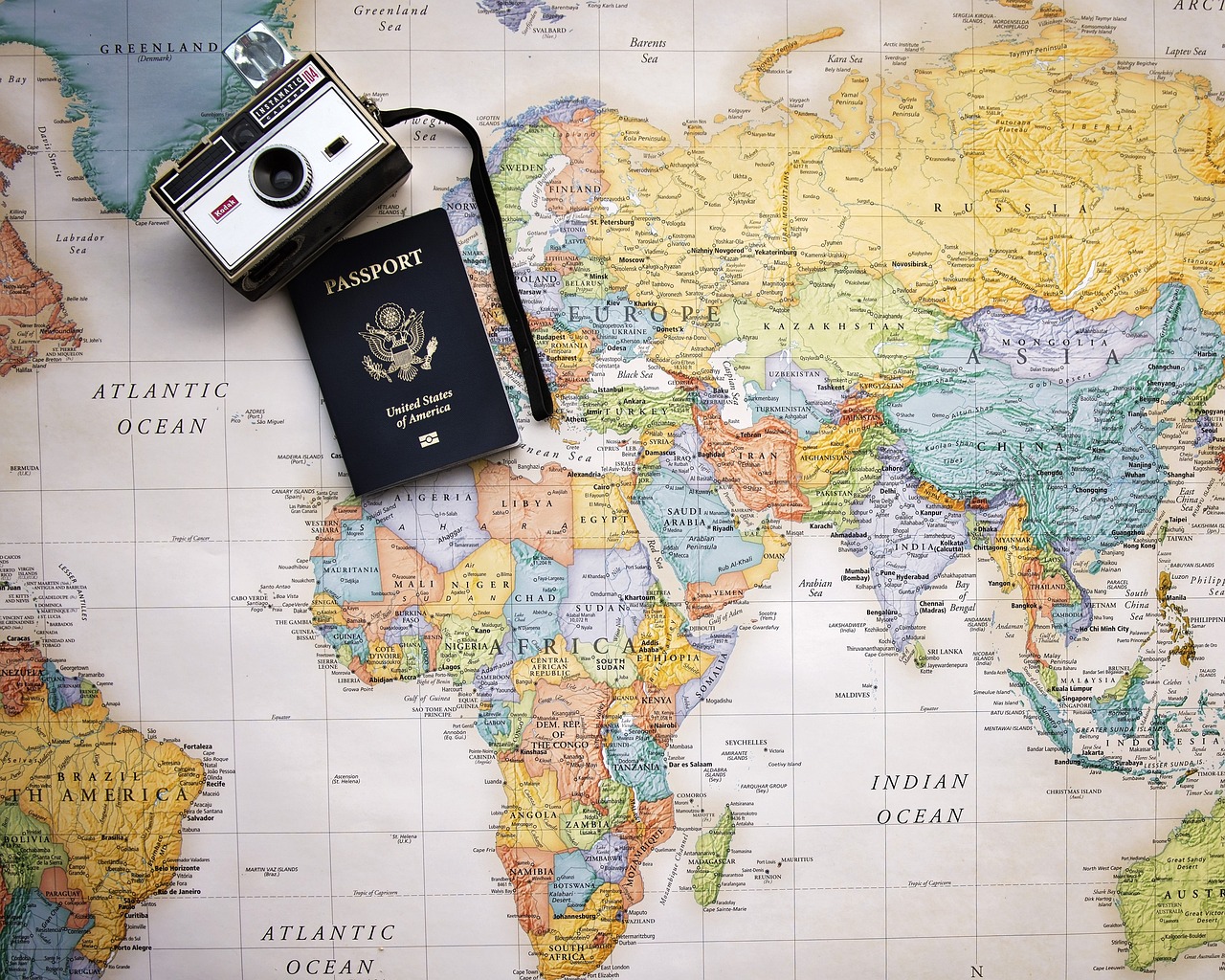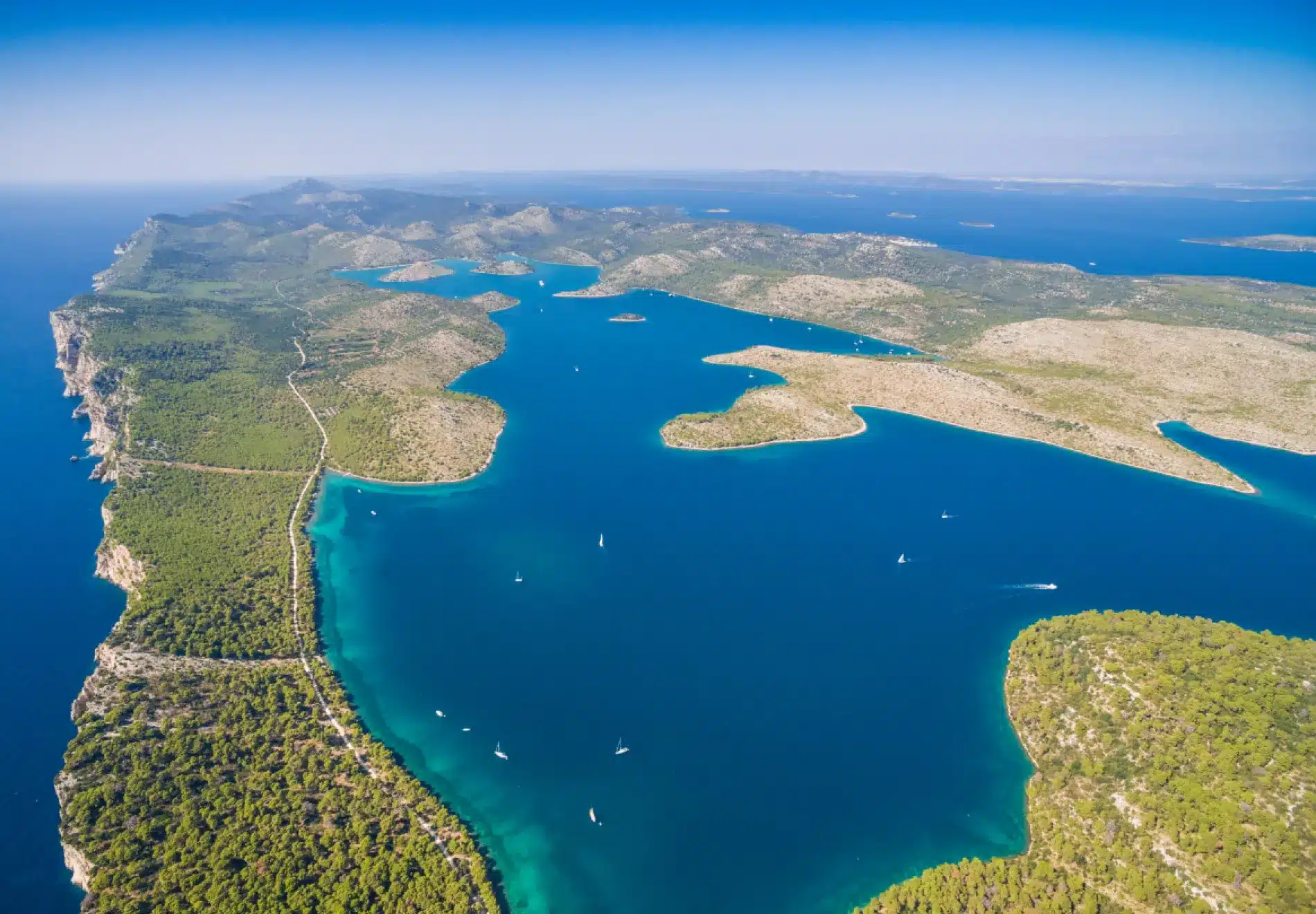All year long, America’s 62 national parks are brimming with wildlife and scenery, but some especially shine during the summer months. Hiking paths and roads are now free of snow, allowing bears to feed and get fat in preparation for their winter hibernation. Among the eight parks we’ve selected, you’ll find breathtaking landscapes, wilderness camping, hiking trails, and seasonal outdoor activities ranging from boating and stargazing to ice climbing. Before you travel, take care to verify whether or not each park has reopened after the COVID closure.
-
National Park of the Channel Islands in California

The island fox, a critically endangered species, was saved thanks to the efforts of the National Park Service. While the grey fox is its closest cousin, the island fox is around one-third smaller (but much adorable) and may be seen darting across your hiking route now that the species has restored sustainable population proportions.
More than a third of all known cetacean species may be found in the seas surrounding the islands, so they have been designated a marine sanctuary.
As a part of human history, the islands are significant. These islands have been home to humans since the Ice Age, as shown by a 13,000 year-old skeleton uncovered here and archaeological data.
-
Sequoia & Kings Canyon National Parks, California

Located near Mount Whitney, the highest peak in the contiguous United States, Sequoia and Kings National Parks are technically two different parks operated as one. Backpackers will love exploring the combined parks’ 850 miles of undeveloped routes through glacial gorges and old-growth woods, home to over 250-foot-tall giant sequoias. Sierra Nevada slopes may reach 100 degrees Fahrenheit in the southern part of the state in summer, yet sequoia groves remain calm and pleasant at 90 degrees.
The world’s tallest tree, General Sherman Tree, is 274.9 feet tall and has a circumference of 78.5 feet near the north end of Giant Forest. The disabled visitors’ parking area is just next to the tree on Generals Highway. The Sherman Tree Trail, a half-mile stroll for the rest of us, is an easy option. Go through a disabled parking lot and turn right (east) on Wolverton Road, which will lead you to the Sherman Tree Trail parking lot.
-
Glacier National Park, Montana

After the snow has melted, it is possible to travel the whole length of the road, including the 6,646-foot-high Logan Pass. Occasionally, this doesn’t occur until the middle of July. The scenery, which includes mountains, animals (hello, bighorn sheep! ), and history, is spectacular along this route. The audio tour of the park is also a great way to meet new people.
The Going-to-the-Sun Road may be driven from the park’s eastern entrance at the St. Mary Visitor’s Center to get a daily walk in at Siyeh Bend. While you’re here, stop through Oberlin Bend to see some mountain goats and the engineering marvel of West Tunnel, which was built by digging 196 feet through a mountain.
-
The Crater Lake National Park, Oregon

Because of the park’s height and weather, it’s best to come during the summer months. During the winter months, Crater Lake National Park receives an average of 44 feet of snowfall, and the lake’s rim is not plowed.
There are about 1,900 feet of water in the lake. The lake’s extraordinary purity is partly because it receives no freshwater from nearby streams.
Summer is the best time to visit Theodore Roosevelt National Park because of the milder weather and better access to animal watching. In 1883, while hunting in the region, the 26th president fell in love with the badlands, hoodoos, and animals. After the death of his wife, Teddy Roosevelt moved to the isolated Elkhorn Ranch, which is now part of the park’s North Unit. It’s a four-wheel-drive-only route, and there is no mobile phone reception in the region if you decide to trek up that way.
Cottonwood Campground in the South Unit has mountains as a background that appear like they’ve been painted in red, dark brown, and grey stripes. The park’s resident bison may visit you, making it an ideal spot to relax for a few days. Visit the “Grand Canyon of Little Missouri ” on the North Unit’s “Grand Scenic Loop,” a 36-mile route across the badlands with several trailheads. The 28-mile round trip journey down the canyon is rife with badlands, their hues ranging from vivid reds to deep coal black. Several viewpoints are ideal for taking photos, but only River Bend Overlook is worth the time and effort.
-
Virginia’s Shenandoah National Park

Shenandoah National Park is approximately 75 miles from Washington, D.C, for autumn foliage enthusiasts. But in the summer, the Blue Ridge Mountains keep temperatures as much as 10 degrees lower than in the valley, making the park a realistic option for escaping the heat. This is not the time of year to take a gorgeous drive up Skyline Drive in your automobile, as it is in the autumn. Shenandoah’s 196,000 acres are available for backcountry camping, so go out there and explore the park’s dozen waterfalls.
More than 500 miles of trails may be found throughout Shenandoah. Visit the National Park Foundation’s website for a free Owner’s Guide that includes local information.
Finally,
Have you ever dreamed of spending your summer vacation in nature? Consider a trip to a national park as an option. The natural wonders of the United States’ national parks are among the world’s best. A summer journey to one of the many US national parks is a no-brainer, each with its unique ecosystem and climate.



